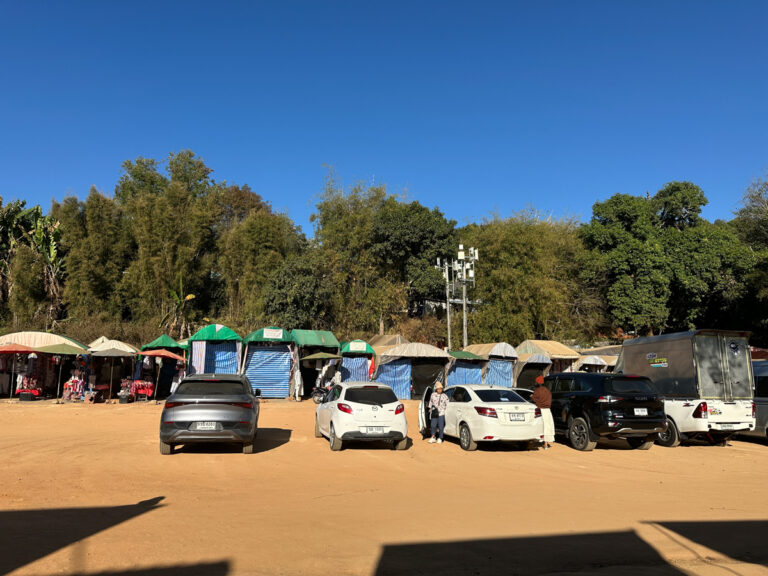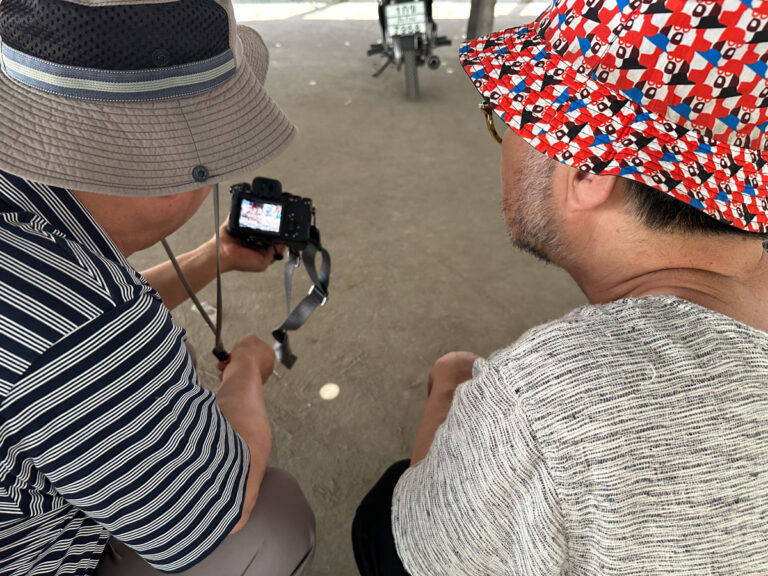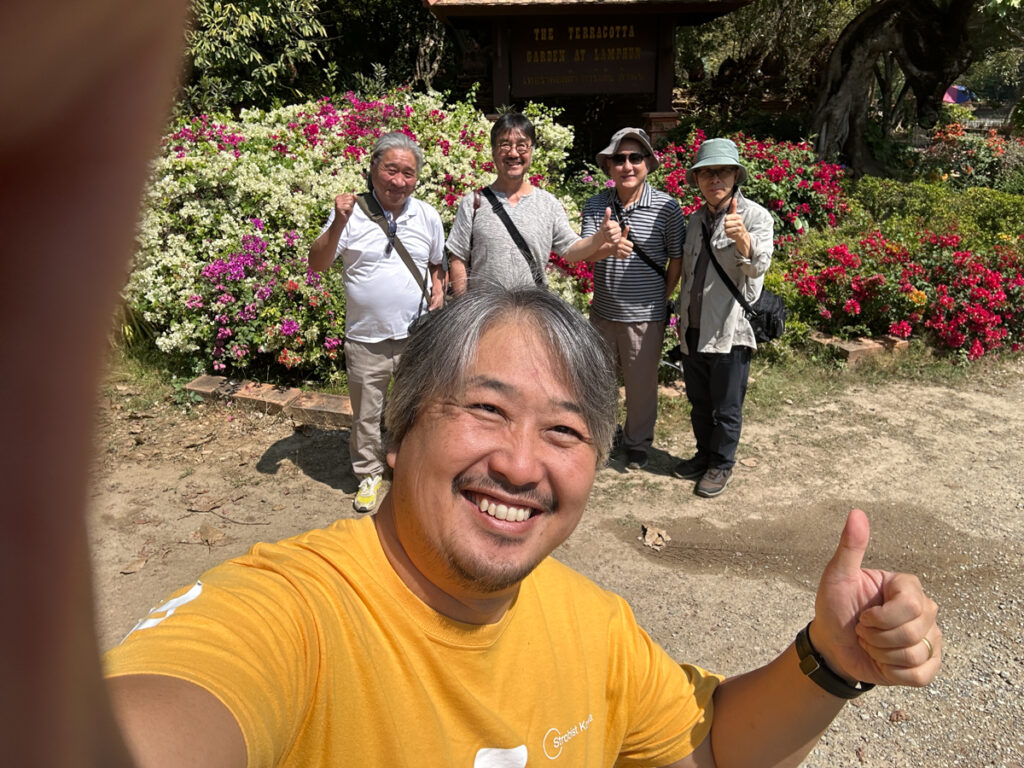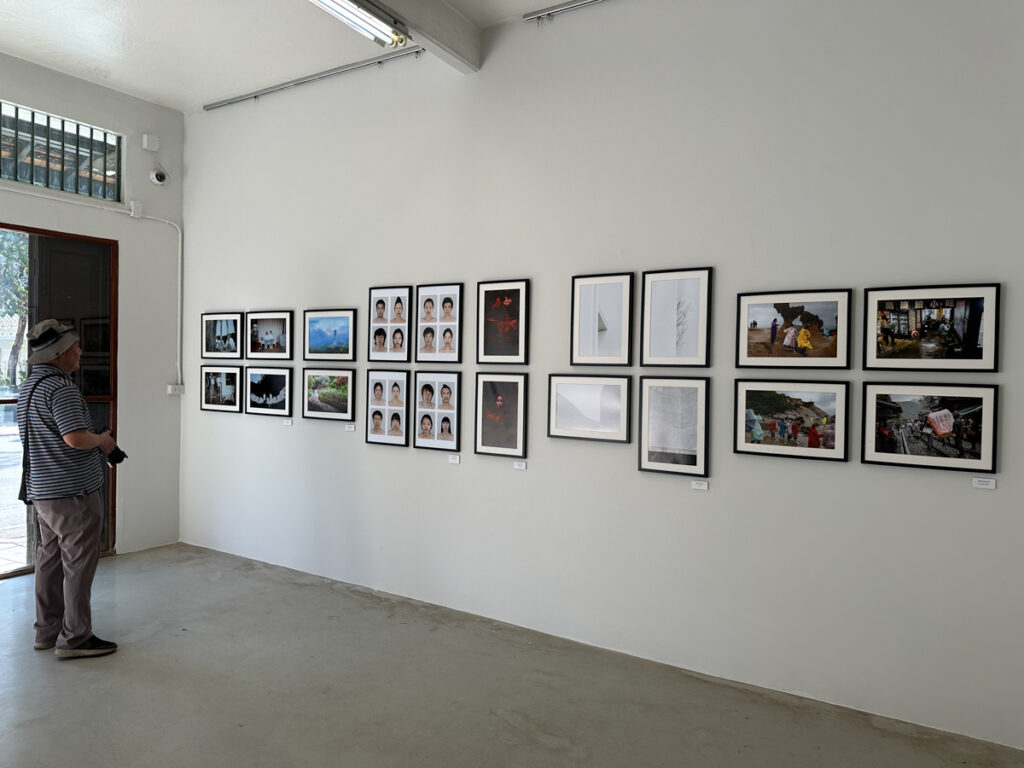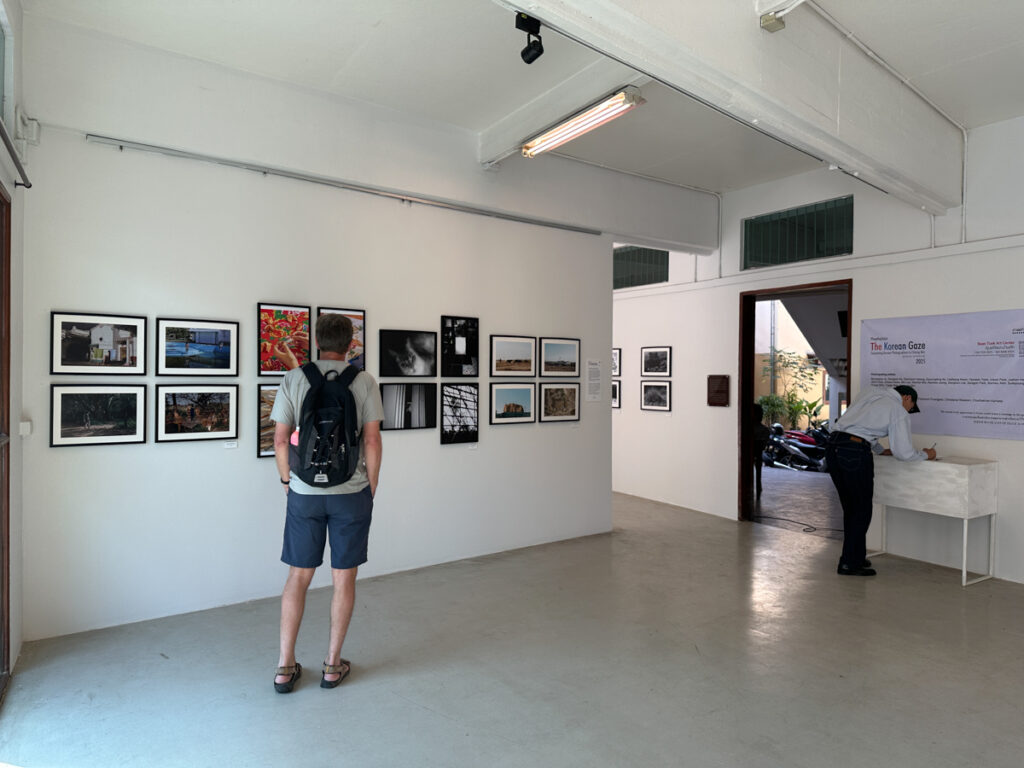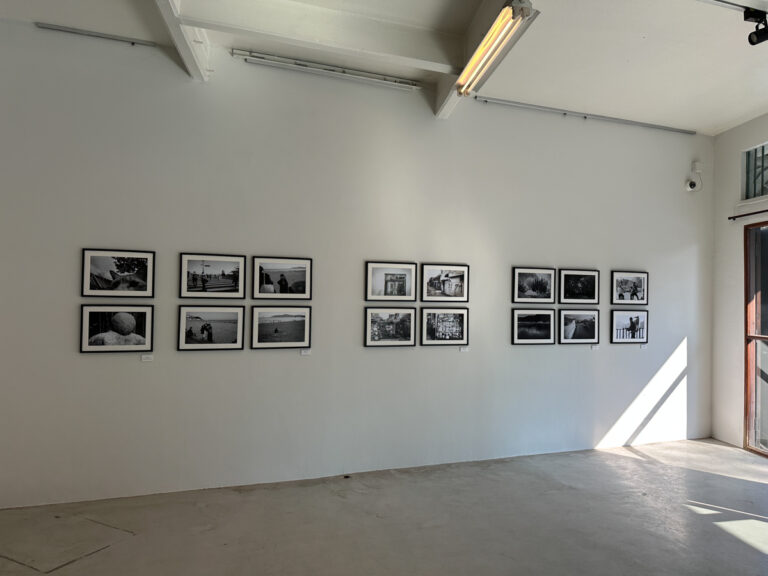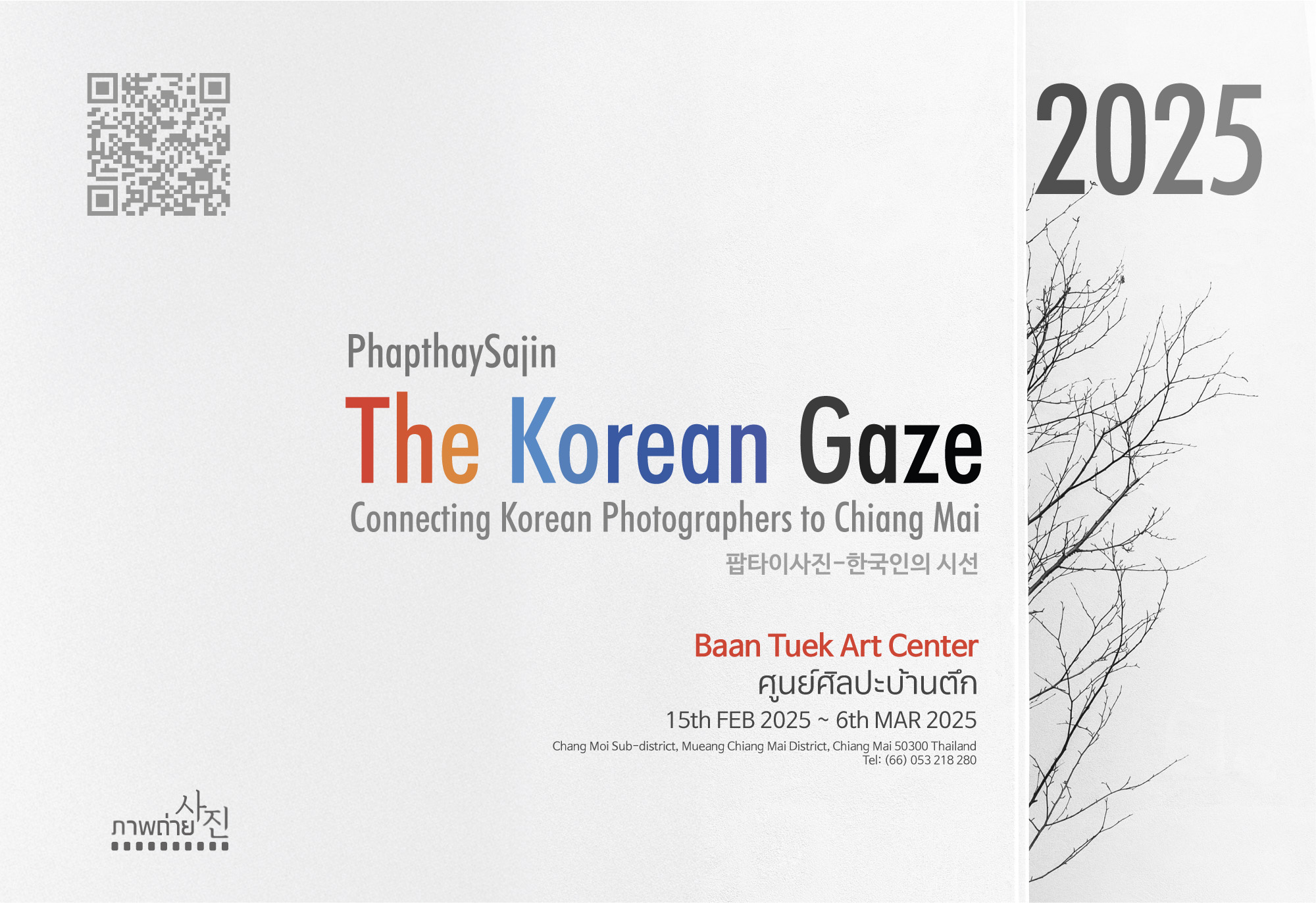
The Korean Gaze 2025
Held from February 15 to March 6, 2025, at the Baan Tuek Art Center in Chiang Mai, Thailand, the second edition of The Korean Gaze was a cultural photography exchange featuring artists from Korea and Thailand.
Approximately 20 Korean photographers and 4 emerging Thai photographers participated, each capturing the city, humanity, and landscapes from their unique perspectives under the central theme of “The Korean Gaze.”
Alongside the exhibition, a site-specific workshop was held throughout Chiang Mai, allowing participants to engage in creative exploration and cultural dialogue.
The involvement of the four young Thai artists brought vibrant energy to the show, and the small-group workshop received high praise for its depth and intimacy.
The Korean Gaze 2025
The second edition of The Korean Gaze, held from February 15 to March 6, 2025, at Chiang Mai’s Baan Tuek Art Center, explored the layered meanings of the “Korean gaze.”
Hosted by PhapthaySajin and locally directed by me, the exhibition brought together around 20 Korean and 4 Thai photographers to document cityscapes, nature, and people through their own visual languages.
The works favored lived experiences over theatrical composition—focusing on rhythm, perspective, and the subtle act of “addressing” through images.
Rather than a simple exchange of national imagery, the exhibition aimed to align layers of perception, encouraging resonance between cultures.
Korean artists closely examined daily life, memory, and the textures of the urban landscape, while Thai artists posed thoughtful questions around generation, relationships, and community.
For many viewers, the most powerful moments were when these two distinct sensibilities—sometimes clashing, sometimes blending—shared the same space and subject matter.
The exhibition flourished beyond its gallery walls.
A small-group, intensive workshop was conducted during the exhibition period, where five artists roamed through Chiang Mai’s alleys, temples, and markets, experiencing the shifts in light and time with their bodies.
Each evening, review sessions fostered open critique.
Thanks to the small size, sessions were flexible, and participants were able to refine their intentions and receive targeted feedback.
All participants expressed strong satisfaction, and many incorporated their local experiences directly into their ongoing work.
Local reception was serious and heartfelt.
Viewers lingered in front of the works, and phrases like “familiar emotions in an unfamiliar city” were heard repeatedly.
Even after the opening, many returned on their own, and during artist talks, practical questions around technique, ethics, and editing philosophy sparked lively discussion.
Requests from local schools and community groups to share the works after the exhibition suggested this was not a one-off event, but part of a larger cultural conversation in Chiang Mai’s creative ecosystem.
Above all, the participation of the four young Thai photographers gave the show an invigorating edge.
Their perspectives introduced cracks—refreshing ruptures—in the expected narrative.
Their offbeat compositions and obsessive attention to minor detail offered meaningful stimuli to their Korean peers.
During critique, a shared sentiment naturally emerged: “Let’s stop chasing the right answer—and instead, cultivate the strength to keep looking.”
That, perhaps, was the truest outcome of this exchange.
As the local exhibition director, I designed the layout, lighting, and pacing around the idea of breath.
I adjusted spacing so works of varying sizes and tones wouldn’t compete but instead coexist.
I structured the flow with intentional rhythms—strong, soft, medium—to sustain the viewer’s gaze.
For the workshop, I followed a three-act rhythm: morning shooting – afternoon editing – evening review.
The result: the exhibition and workshop functioned as a living studio, where each artist’s visual language subtly evolved in real time.
The Korean Gaze 2025 wasn’t asking, “What do we see?”
It was asking, “How do we see?”
Nationality was merely the starting point—not the conclusion.
And photography, we were reminded, is perhaps the most intuitive map where these differing points of departure can converge.
Even now, after the show has ended, that map continues to grow—through Chiang Mai’s alleys, artists’ studios, and scattered notes for future projects.
To stare at a scene for a long time, to borrow another’s eyes for a moment—this quiet practice of exchange was the heart of the exhibition.

